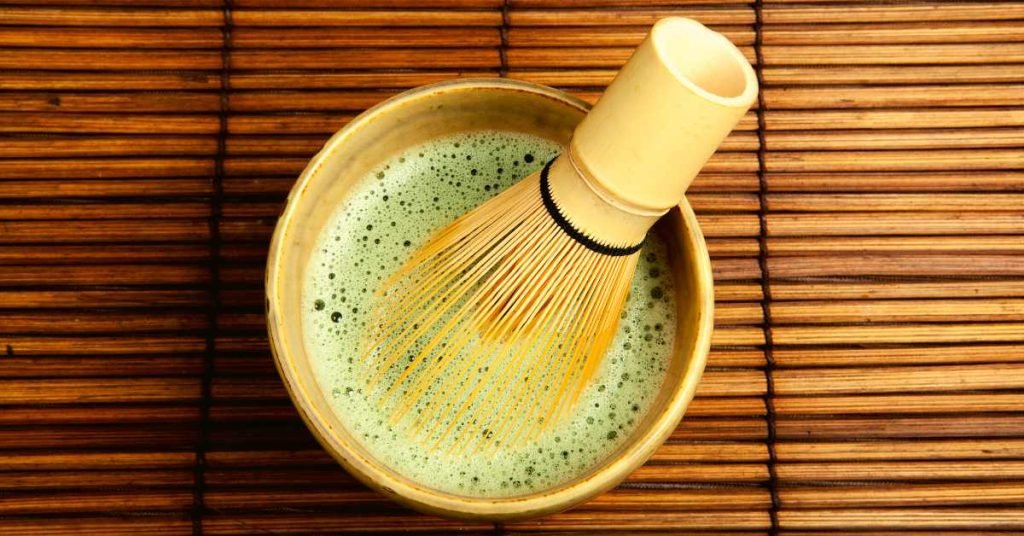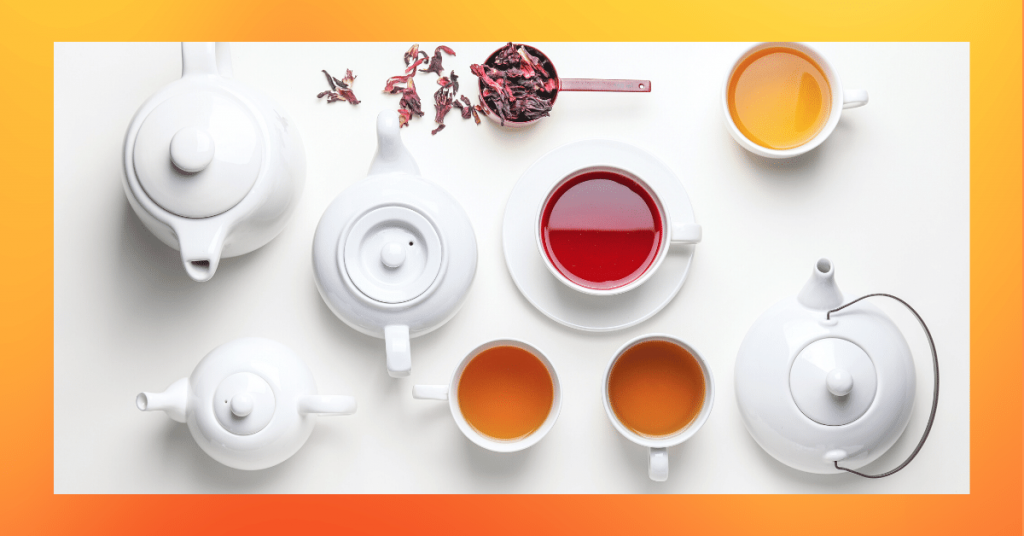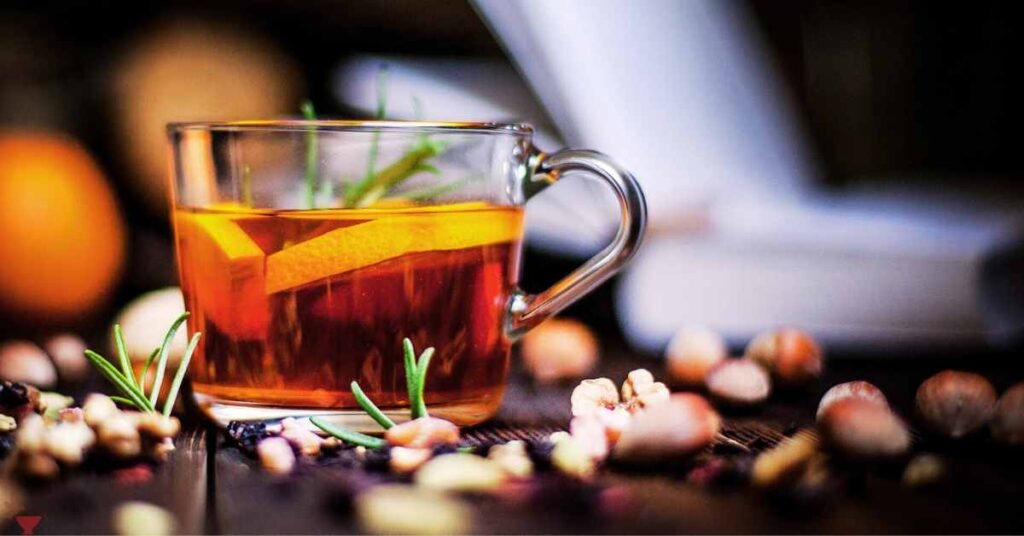A cheerful, simple, and healthy drink. This is how tea has been described in Japan. A country where this infusion represents more than just a part of its gastronomic culture; tea is an element highly revered by the Japanese; a product of which they are very proud.
However, it is curious that, despite this, in the last decade its consumption in a natural infusion has decreased, as well as the extensions of the field where the Camellia Sinensis plant is cultivated for this purpose.
As can be read in several blogs that talk about the customs and culture of this Asian country, farmers are finding that they lack young labor to continue to maintain their fields and alcoholic beverages or coffee are beginning to take more prominence, to the detriment of Japanese tea.
However, these producers have hope in exports to Europe or America, continents where this product is increasingly consumed and where consumers demand quality in it; something that in Hummingbird Tearoom we know well, so we only select the best raw material from Japan.

On the other hand, it is also true that green tea has begun to be consumed in Japan in different formats and, as a result of globalization, these new ways of consumption are also reaching the rest of the world:
we speak of ice cream made with green tea (mainly matcha tea), industrial drinks containing green tea or other products as disparate as chewing gum or toothpaste made with the same, in addition to adding it to meals or desserts in more and more dishes.
And is that if something is clear to the Japanese is that tea – specifically green tea, which is the one they consume most – has great benefits for health and well-being.
So even though the way of consuming it evolves, it will never cease to be part of their culture and traditions.
Today I invite you to walk with us through the history of tea in Japan, what it represents for them, and, above all, the main varieties of tea that come from this country, as well as other less popular, but just as healthy and rich, so that you have at hand a mini guide to Japanese tea. Welcome to this new adventure!
Japan and Tea

As you may already know, tea was brought to Japan by Japanese Buddhist monks who brought the Camellia Sinensis plant to Japan so that the emperor and his family, as well as the wealthier classes of the country, could enjoy the benefits of this ancient drink.
Gradually, the consumption of this product was spreading among the rest of the inhabitants of the Asian country and the tea ceremony was permeating with great success until it became an essential part of the culture of this country.
In fact, it is never lacking to welcome guests; it is even served in many restaurants, before giving you a meal, as a thank you for your visit.
Of course, not everyone knows how the famous Japanese tea ceremony is performed, as it requires years of learning and different rules that are acquired gradually.
Something that is not surprising considering that it is a tradition of medieval origin, which is related to Zen philosophy, and that it is more of an act whose purpose is to purify the soul of the people who drink this beverage.
Main Varieties of Japanese Tea

Green tea, as we have already mentioned above, is the variety that is most produced and consumed in Japan.
In fact, some of the best-known tea varieties in the world, such as matcha or sencha, come from this country, but they are not the only ones. Let’s see the list of what are the main varieties of green tea in Japan:
Matcha tea: this famous powdered tea is made from plants that have been grown in the shade, in order to have a lower amount of theine.
Hence, it is also widely used in cooking or in the tea ceremony, so that everyone can consume it, without needing to be affected by excessive theine. Of course, this shaded cultivation makes its price higher.
With a mild and refreshing flavor, some of the properties associated with this famous variety of Japanese green tea are: it contains a large amount of fluoride, making it ideal for the care of teeth; it provides a significant amount of antioxidants, which helps to improve the appearance of the skin; it helps to control and reduce bad cholesterol in the blood; it is beneficial for people with diabetes and helps people who want to lose weight.
Sencha green tea: one of the most consumed and produced in Japan. It is a very aromatic and astringent tea, with a mild flavor.
In addition to matcha, this is another of the varieties used in the tea ceremony (as there are different ways of performing it, the same variety of tea is not always used).

Being a tea rich in antioxidants, it is ideal for reducing bad cholesterol in the blood; it is also known for being very diuretic and, therefore, reducing fluid retention and contributing to weight loss.
Bancha green tea: did you know that this tea is known in Japan as the tea of the poor? This is because it is made with the remaining leaves left over from the first harvest and the late autumn buds. It is the base of genmaicha, which I will tell you more about later.
Besides being one of the green teas with less theine, it is also characterized by being rich in minerals such as potassium, calcium, or fluorine. In Japan, it is used as a muscle relaxant, so it is ideal to drink after sports or when you get home after a hard day’s work.
Genmaicha green tea: the first thing that draws attention to this variety of Japanese tea is its preparation. And it is that to the base of the bancha tea that I mentioned before, toasted brown rice is added. A tea that, for years, was rejected because most sybarites said that the fusion with rice would detract from the quality of the tea, but over time it has been shown that it is not so and today is part, as you see, of the most popular green teas in Japan.
Genmaicha tea has a low theine content and is rich in minerals.
One of the properties associated with it is that it is a natural strength-builder, which is why many athletes drink it after finishing their training.
Other Varieties of Japanese Tea

Within the varieties of green tea, something very typical of Japan is those that have a roasted version, such as those of:
Roasted Kukicha tea: it is part of the list of gourmet teas from Japan. The stick-like shape of the leaves with which this tea is infused is striking. Having been roasted, the flavor changes completely with respect to the natural Kukicha. It has notes of coffee and cocoa, which make it really pleasant. It has a large number of minerals and is highly recommended for people with diabetes or those who want to lose kilos, as a complement to a healthy and balanced life.
Hojicha green tea: it has the particularity that it is cooked in a porcelain pot over charcoal, which also influences its flavor and visual aspect. It is one of the rarest teas that can be found in Japan. It has a very low amount of theine and a mild and pleasant flavor. Ideal for health care, as it is rich in minerals and vitamins. A tea widely used in cooking.
Much less known and produced in Japan are the black and oolong teas, among which it is worth mentioning:
Minamisayaka oolong tea: this is a very low oxidation tea, which is wok roasted (a technique known as kamairi. It has a flavor of floral notes and a very powerful aroma. Like bancha tea, it also supports several infusions, without losing any of its properties. Although it is within the category of oolong tea, it also has similarities with some green teas, so it is easy that you can also find it in this other list.

Yakushima black tea: a really curious tea, both for its appearance and for its flavor, which is very sweet and pleasant, as well as its notes, so it can sometimes be confused with traditional oolong teas from China and Japan. It is rich in minerals, light, and very easy to drink.
MEDICAL DISCLAIMER
Itsnevernotteatime.com cannot and does not contain medical/health advice. The medical/health information is provided for general and educational purposes only and is not a substitute for professional advice.




